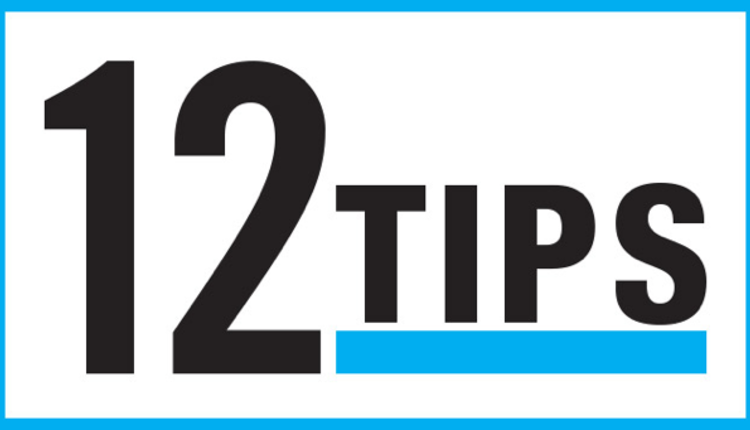
Information technology (IT) professionals involved in the day-to-day of customer communications management know first-hand the pressures of delivering against tight deadlines, dealing with the ongoing change management nightmare and meeting tight service-level agreements (SLAs) imposed by the business.
The good news is that a new breed of CCM tools are emerging with capabilities designed to extend the content management layer out to the business user while integrating seamlessly with your print operations and processes. For every company, such solutions have a powerful impact on time to market and improved customer experience, as well as a savings in cost and effort to meet a company’s CCM goals and deliverables.
Although the value and benefits of these tools might be viewed as a benefit only to the business user, they are designed to add value to IT processes as well.
In the not-so-distant past, companies hired expensive, highly specialized developers to not just program composition templates but also to program the content itself and define the rules in the same code package. Not only that, these developers were responsible for fixing dots, crossing Ts and undoing typos, usually with a change ticket and a full schedule. It was a very expensive and time-consuming use of valuable labor that taxed IT resources and the patience of the business.
For most enterprises today, the first step in any project is to find the right off-the-shelf tools that fast track development and eliminate unnecessary costs. However, enterprise CCM is a bit more complex. While that next best step may well be to begin evaluating how to do composition more efficiently, one must consider how to integrate these specialized content management systems for both digital and print CCM applications with the systems already in place.
Most CCM platforms are designed to integrate seamlessly with established composition tools that can combine externally referenced content and rules with composition logic through the production process. The platform itself should provide an intuitive interface for non-technical users to easily visualize and build out content and rules intended for each touchpoint. It should also enable a high degree of variability to service end consumer recipients with information that is highly relevant and personalized to their needs, ultimately, leading to an improved customer experience.
Capabilities often incorporated into these new platforms include the ability to:
The good news is that a new breed of CCM tools are emerging with capabilities designed to extend the content management layer out to the business user while integrating seamlessly with your print operations and processes. For every company, such solutions have a powerful impact on time to market and improved customer experience, as well as a savings in cost and effort to meet a company’s CCM goals and deliverables.
Although the value and benefits of these tools might be viewed as a benefit only to the business user, they are designed to add value to IT processes as well.
In the not-so-distant past, companies hired expensive, highly specialized developers to not just program composition templates but also to program the content itself and define the rules in the same code package. Not only that, these developers were responsible for fixing dots, crossing Ts and undoing typos, usually with a change ticket and a full schedule. It was a very expensive and time-consuming use of valuable labor that taxed IT resources and the patience of the business.
For most enterprises today, the first step in any project is to find the right off-the-shelf tools that fast track development and eliminate unnecessary costs. However, enterprise CCM is a bit more complex. While that next best step may well be to begin evaluating how to do composition more efficiently, one must consider how to integrate these specialized content management systems for both digital and print CCM applications with the systems already in place.
Most CCM platforms are designed to integrate seamlessly with established composition tools that can combine externally referenced content and rules with composition logic through the production process. The platform itself should provide an intuitive interface for non-technical users to easily visualize and build out content and rules intended for each touchpoint. It should also enable a high degree of variability to service end consumer recipients with information that is highly relevant and personalized to their needs, ultimately, leading to an improved customer experience.
Capabilities often incorporated into these new platforms include the ability to:
Continue reading: Page 1 | Page 2 |
















